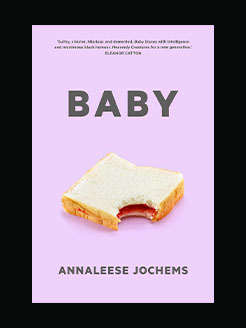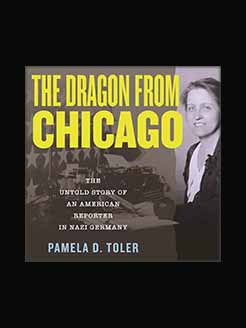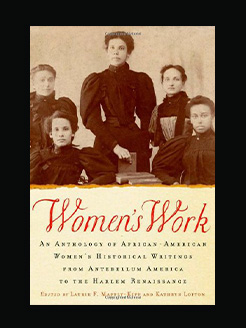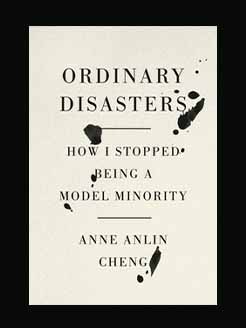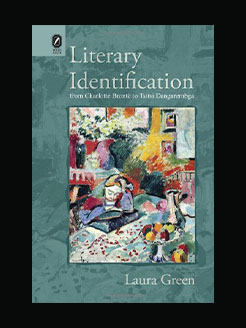Published in 2021
341 pages
Stephanie Saunders is Associate Professor of Spanish and Department Chair of Languages & Cultures at Capital University. She has served as a Visiting Researcher in Residence at the Pontificia Universidad Catlica in Santiago, Chile.
What is this book about?
In the last two decades, the glorification of sewing – whether involving needlework, tailoring, or fashion design – has thrived in Latin American and Iberian cultural works, particularly literature.
In the last two decades, the glorification of sewing – whether involving needlework, tailoring, or fashion design – has thrived in Latin American and Iberian cultural works, particularly literature. While fast fashion has relegated the handicraft to maquiladoras in the Global South, Spanish and Latin American authors have created protagonists whose skill with needle and thread allows them to break out of culturally confining roles and spaces. In this fictional realm, seamstresses and tailors enter exciting adventures as spies, peacemakers, or explorers, all facilitated by their artistry and expertise.
This book examines the depiction of women and the textile arts in contemporary Hispanic and Brazilian literature. Employing space and gender theories, the book explores how sewing, traditionally viewed as respectable only if practiced at home, gives agency and encourages self-reflection and mobility,allowing protagonists to transgress physical and socially prescribed limits. Texts analyzed include María Dueñas’s El tiempo entre costuras (2009), César Aira’s La costurera y el viento (1994), Pedro Lemebel’s Tengo miedo torero (2001), Frances Ponte de Peebles’s The Seamstress (2009), and children’s literature. Encouraging readers to look behind garments to the agents of production, the book shows how contemporary authors, through their celebrations of an age-old skill, help to renew interest in sewing, tailoring, upcycling, and embroidery.
